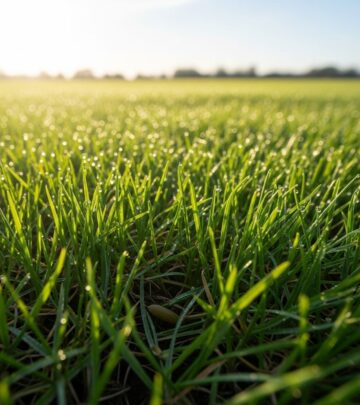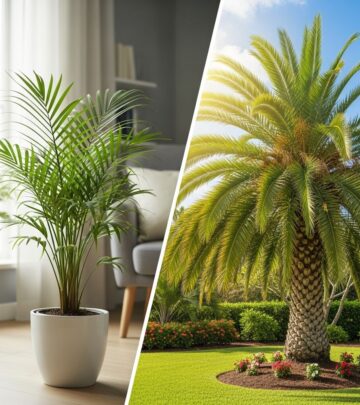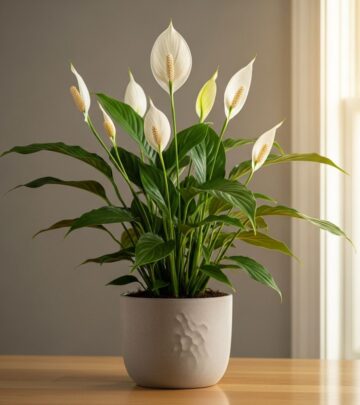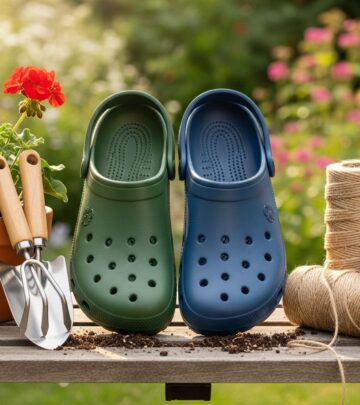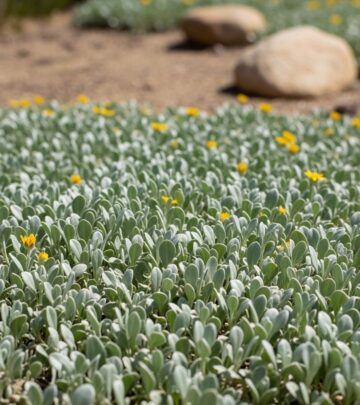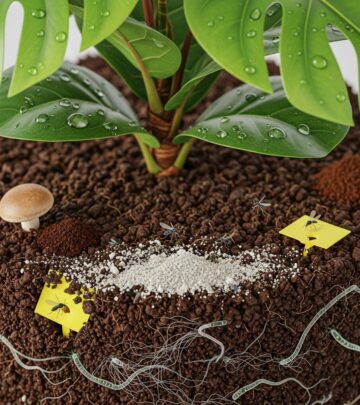How To Deadhead Petunias: Ultimate Guide For Continuous Blooms
Boost vibrant garden beauty by mastering flower care techniques for endless spring colors!
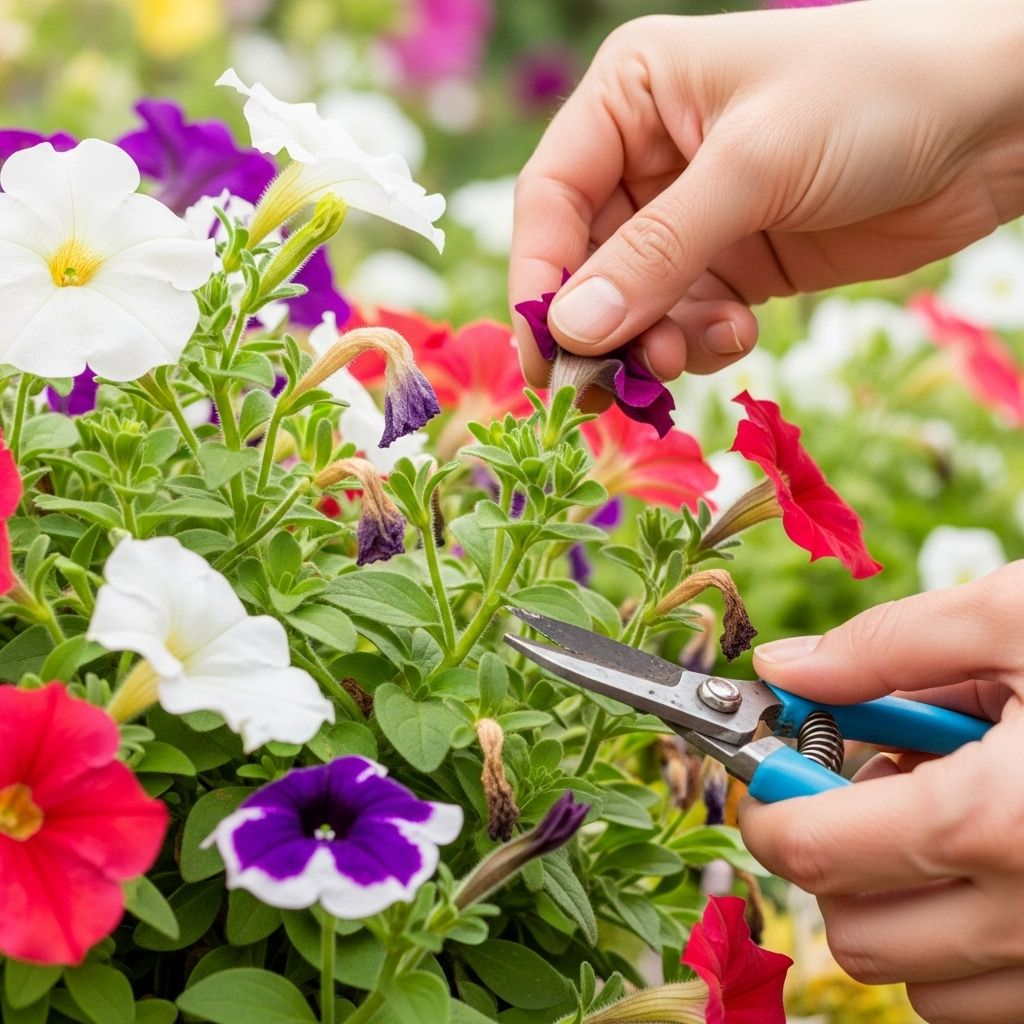
Image: HearthJunction Design Team
The Complete Guide to Deadheading Petunias for Continuous Blooms
Petunias are beloved summer annuals that bring vibrant splashes of color to gardens, hanging baskets, window boxes, and containers. These versatile flowering plants are relatively low-maintenance, but to keep them looking their best and blooming profusely throughout the growing season, deadheading is essential. This simple maintenance technique can transform your petunia display from good to spectacular, ensuring continuous blooms from spring until the first frost.
Why Deadheading Petunias Is Important
Deadheading is more than just a cosmetic practice—it’s a vital technique that directly impacts your petunias’ health and flowering capacity. When petunia flowers fade and die, the plant naturally shifts its energy toward seed production rather than creating new blooms. By removing these spent flowers before they form seed pods, you redirect the plant’s resources back to flower production.
Regular deadheading offers several significant benefits:
- Encourages continuous flowering throughout the growing season
- Prevents energy waste on seed production
- Maintains a neat, attractive appearance
- Reduces disease risk by removing decaying plant material
- Prevents self-seeding and potential weediness
- Extends the overall blooming period of your petunias
Without regular deadheading, petunias will eventually produce fewer flowers and may develop a leggy, untidy appearance. Taking a few minutes each week to remove spent blooms can make the difference between mediocre and magnificent petunia displays.
When to Deadhead Petunias
Timing is important when it comes to deadheading petunias effectively. Rather than following a rigid schedule, observe your plants regularly and look for specific visual cues that indicate deadheading is needed.
Deadhead petunia blossoms when they appear:
- Faded or discolored compared to fresh blooms
- Wilted or drooping despite adequate moisture
- Browning around the edges of petals
- Shriveled or papery in texture
- Beginning to form seed pods (small bulges at the base of the flower)
During peak flowering season, which typically occurs in mid-summer, you may need to deadhead petunias as frequently as twice a week. In cooler periods at the beginning and end of the growing season, once-weekly deadheading may be sufficient. Regular inspection is key—incorporate a quick check of your petunias into your garden routine.
How to Deadhead Traditional Petunias
Traditional or grandiflora petunias produce larger blooms and benefit significantly from regular deadheading. The process is simple but requires attention to detail to ensure you’re removing not just the spent flower but also the developing seed pod.
Step-by-Step Deadheading Process
- Identify spent blooms: Look for flowers that have faded, wilted, or begun to turn brown.
- Locate the stem: Follow the flower down to find the small swelling just below the bloom—this is the developing seed pod.
- Pinch correctly: Using your thumb and forefinger, pinch the stem just below this seed pod, where it connects to the main stem or a leaf junction.
- Remove cleanly: A gentle pinch should cleanly remove both the spent flower and the seed pod without damaging the rest of the plant.
- Dispose of debris: Collect and discard all removed plant material to prevent disease and maintain garden cleanliness.
For gardeners who prefer tools or have arthritis or hand strength issues, small garden scissors or pruning shears can be used instead of pinching. Just ensure your tools are clean and sharp to make precise cuts and prevent disease transmission.
Deadheading Wave Petunias and Other Self-Cleaning Varieties
Modern petunia varieties like Wave, Supertunia, and other self-cleaning types have been bred to shed their spent blooms automatically, reducing the need for manual deadheading. These varieties don’t typically form seed pods and will continue flowering without extensive maintenance.
However, even self-cleaning petunias benefit from occasional grooming:
- Remove any blooms that don’t drop naturally
- Trim stems that become leggy or straggly
- Perform light overall trimming if plants become overgrown
For Wave petunias and similar varieties, a light trim of about one-quarter of the plant’s length in midsummer can rejuvenate growth and encourage fresh flowering. Use clean, sharp scissors or pruning shears for this task.
Mid-Season Petunia Maintenance
By midsummer, even well-maintained petunias may begin to look stretched out or less floriferous. This is the perfect time for a more substantial pruning to reinvigorate your plants and encourage a fresh flush of blooms for late summer and fall.
Rejuvenation Pruning
Around late July or early August, consider performing a rejuvenation pruning on your petunias:
- Trim back overgrown stems by one-third to one-half their length
- Remove any yellowing or diseased foliage
- Apply a balanced, water-soluble fertilizer after pruning
- Water thoroughly to reduce transplant shock
This more dramatic cutting back may seem harsh, but petunias respond remarkably well to rejuvenation pruning. Within two weeks, you should see fresh growth and new buds forming, setting the stage for a spectacular late-season display.
Supporting Petunia Health Beyond Deadheading
While deadheading is crucial for continuous blooming, petunias require additional care to perform their best throughout the growing season.
Watering Practices
Proper watering significantly impacts petunia flowering:
- Water deeply when the top inch of soil feels dry
- Direct water at the soil level rather than wetting foliage
- Water more frequently during hot, dry periods
- Consider drip irrigation for container petunias
Fertilization Schedule
Petunias are heavy feeders and require regular nutrition to produce abundant blooms:
- Apply a balanced, water-soluble fertilizer every 2-3 weeks
- Choose a formula with a higher middle number (phosphorus) to encourage flowering
- Consider slow-release fertilizer as a supplement to liquid feeding
- Reduce fertilization in very hot weather when growth naturally slows
Pest and Disease Management
Healthy petunias bloom more prolifically. Monitor for common issues:
- Check regularly for aphids, thrips, and other sap-sucking insects
- Watch for signs of fungal diseases, especially in humid conditions
- Ensure adequate air circulation around plants
- Remove and discard (don’t compost) any diseased plant material
Troubleshooting Common Petunia Problems
Even with proper deadheading and care, petunias sometimes encounter issues. Here are solutions to common problems:
| Problem | Possible Cause | Solution |
|---|---|---|
| Leggy, stretched growth | Insufficient light or overcrowding | Relocate to sunnier location; trim back by 1/3 to encourage branching |
| Few or no flowers | Inadequate deadheading or nutrition | Step up deadheading routine; apply phosphorus-rich fertilizer |
| Yellowing leaves | Overwatering or nutrient deficiency | Check drainage; adjust watering schedule; consider foliar fertilizer |
| Brown, crispy flowers | Heat stress or drought | Increase watering frequency; provide afternoon shade in hot climates |
Seasonal Care for Petunias
Adapting your deadheading and maintenance routines to the changing seasons helps maximize petunia performance throughout their growing period.
Spring Care
As petunias establish after planting:
- Begin deadheading as soon as the first flowers fade
- Pinch growing tips to encourage branching and bushiness
- Protect from late frosts with covers if necessary
Summer Maintenance
During peak growing season:
- Increase deadheading frequency to twice weekly
- Monitor water needs closely during hot periods
- Perform rejuvenation pruning if plants become straggly
Fall Transition
As the season winds down:
- Continue deadheading until frost threatens
- Reduce fertilization in late summer
- Consider taking cuttings from favorite varieties
Frequently Asked Questions About Deadheading Petunias
Q: Can I use scissors instead of pinching when deadheading petunias?
A: Yes, clean, sharp scissors or pruning shears work well for deadheading petunias, especially for gardeners with arthritis or hand strength issues. Just ensure you’re cutting at the right location—below the developing seed pod where the flower stem meets the main stem.
Q: How far back should I pinch when deadheading petunias?
A: Pinch or cut just below the seed pod (the small swelling beneath the flower) where the flower stem connects to the main stem or a leaf junction. This removes both the spent flower and the developing seed, redirecting energy to new bloom production.
Q: Do I need to deadhead Wave petunias?
A: Wave petunias and other self-cleaning varieties require minimal deadheading as they naturally drop spent blooms. However, they still benefit from occasional trimming to maintain shape and remove any blooms that don’t shed properly. A light overall trim in midsummer can also rejuvenate flowering.
Q: My petunias stopped blooming despite deadheading. What’s wrong?
A: Several factors could cause reduced flowering despite deadheading: insufficient sunlight (petunias need at least 6 hours daily), inadequate nutrition (try a phosphorus-rich fertilizer), improper watering (consistent moisture is key), or extreme heat (flowering may temporarily slow during very hot periods).
Q: Is it better to deadhead petunias in the morning or evening?
A: Morning deadheading is generally preferable when plants are well-hydrated and before the day’s heat stress. However, the best time is whenever you can do it consistently—regular deadheading at any time of day is better than inconsistent maintenance.
By incorporating regular deadheading into your garden maintenance routine, you’ll enjoy vibrant, flower-filled petunias from spring planting until the first frost. This simple practice, combined with proper watering, fertilization, and general care, ensures your petunias remain the showstoppers of your summer garden display.
References
Read full bio of Anjali Sayee



